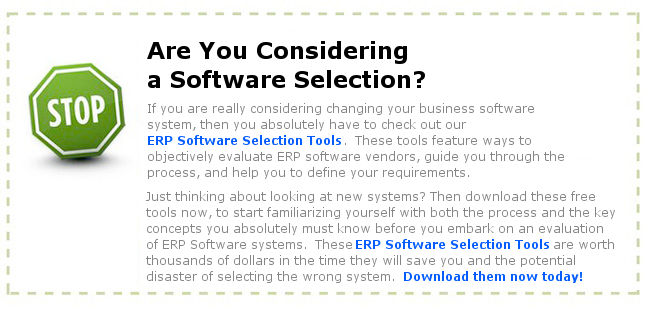Your Cloud Database Solution
This week is Dreamforce. Salesforce.com‘s hugh event in San Francisco with more than 20,000 attendees. The big announcement this year is Database.com, a cloud database solution that is promising to be the end all data storage solution in the cloud for companies both large and small.
This concept of a cloud database is not that original, but what is original is the fact that you can design your own schema and then attach any platform to it through open APIs. Further, they are giving you user management and communication tools within the same license. So this could be the launching point for any number of applications from simple desktop applications to mobile applications all running on a managed cloud database using Database.com.
Salesforce.com has grown from nothing to a Billion+ dollar company in ten short years. Moving from their mainstay product, Salesforce.com CRM to a platform solution in Force.com has opened a broad area of cloud computing offerings. Now with Database.com as their cloud database solution, they are further reiterating that you do not need infrastructure or computing power. It can all be leased, and for less money than if you invested in-house for the same capabilities.
More about Salesforce.com’s cloud database offering
ERPandMore.com’s partner SoftwareAdvice.com’s CEO Don Fornes sat down at Dreamforce to discuss this new cloud database solution. We were fortunate enough to get an early look at this video and would like to share it with you.
The official cloud database video
As you can see from the video, they are very bullish about the direction of cloud database technology and all the benefits it brings. For a more “official” version of what Database.com is, you can view this video:
This is continuing the drive to Cloud 2.0. This means that you are location independent and utilize the cloud for your computing requirements. A cloud database only supports this endeavor. Let us know where you think this is going. Let us know if a cloud database is in your future!
